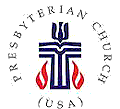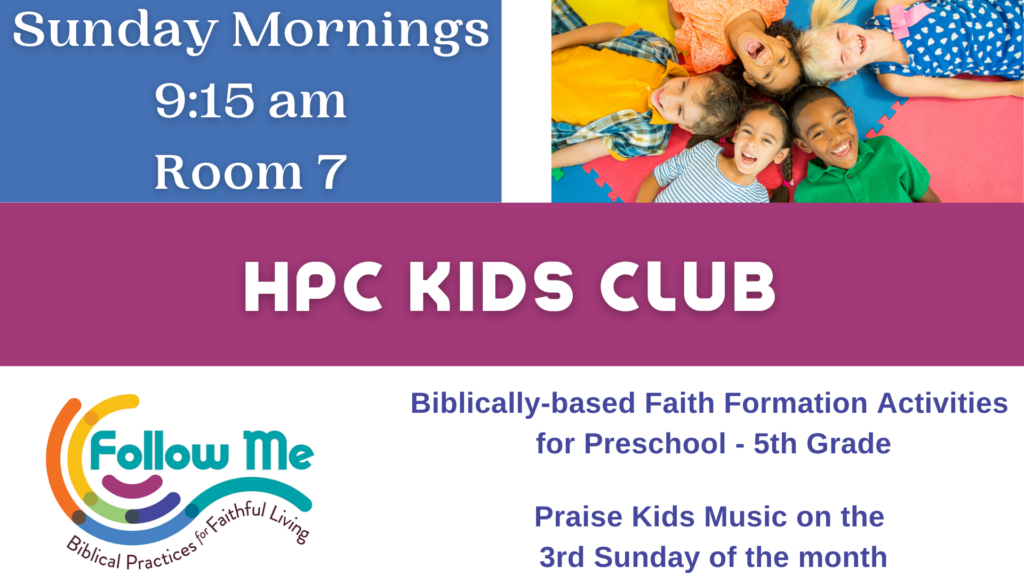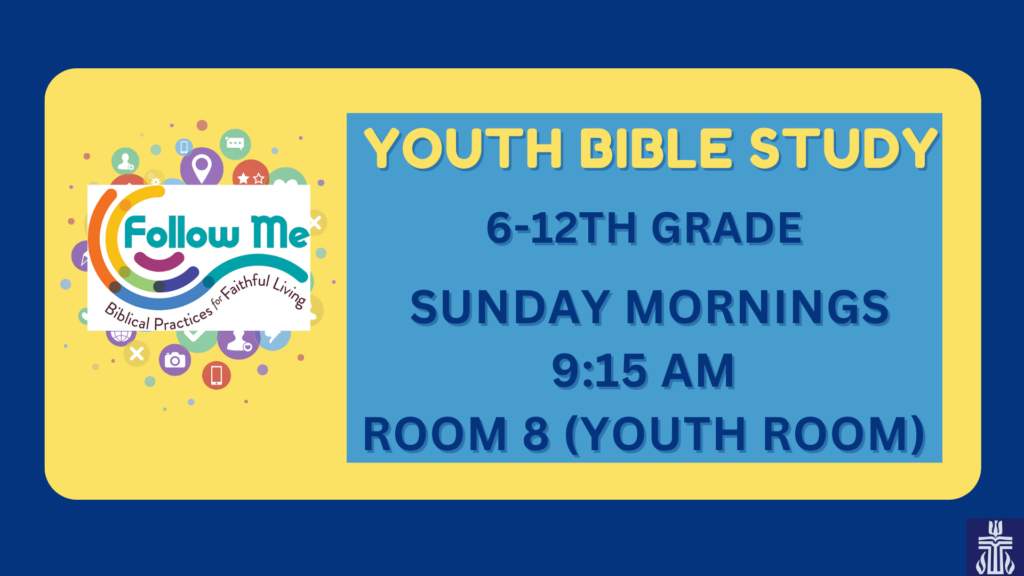You may be wondering, where is the rest of the story? If you were following along in the Bible, you might note that there are 12 more verses to go in Mark’s gospel; rich and wonderful stories about Jesus appearing to Mary Magdalene, then two other disciples, and finally the 11 disciples as a group before returning to heaven. These are the stories we read in Matthew, Luke, and John, who add in additional proof-of-resurrection stories, like Jesus inviting Thomas to place his hands in the wounds, or even eating fish grilled over an open fire. This is the ending of the Easter story we have come to expect, the risen Christ walking around, making appearances to those who loved him. It is from here that we can say we, too, have seen the risen Christ, and sing our Alleluias at the good news. But Mark’s gospel gives us a different ending to consider. The verses that are believed to be the original ending of the earliest gospel account, concluding with verse 8, reveal the perplexing discovery of the empty tomb and indication that Jesus “has been raised,” but the story ends in fear and wonder and silence. In Mark’s gospel, we don’t so much get a dramatic conclusion, but an open-ended tomb that leaves us in a cliffhanger.
Such an ending should put us on the edge of our seats. It brings an element of anticipation for what might happen next. It is what prompts us to let the next episode start playing if we’re watching a captivating series of our favorite show on Netflix. Of course we are going to continue watching – we want to find out what happens next. Some of the best series writing, whether it’s novels or television or a movie franchise, leave the ending open-ended. The Merriam Webster Dictionary gives us a good definition for what this means, defining “open-ended” as:
not rigorously fixed: such as adaptable to the developing needs of a situation, or permitting or designed to permit spontaneous and unguided responses[i].
Perhaps this is what Mark was trying to do – to evoke a response, for readers to join with the women at the tomb and experience the overwhelming emotions of what such a jarring revelation might mean for their lives. Some commentators argue that Mark leaves us in a moment of suspense on purpose, challenging us to consider how we might complete the story ourselves. That is, of course, our tendency when things are left without conclusion.
One of my favorite shows is The Big Bang Theory which airs on CBS. One of the main characters, Sheldon, has ongoing issues with things having the proper closure. In one episode, his girlfriend Amy tries to help him overcome it. Take a look:
[clips from “The Closure Alternative,” Big Bang Theory, Season 6, Episode 21, originally aired April 25, 2013.]
He just can’t help it. And neither can we. Want to drive a musician crazy? Put an unresolved chord at the end of a song. [Denise to play song]. Our text for today is abrupt and startling, not smooth and comforting. It may even be frustrating, driving us to avoid the awkwardness and challenge it presents by adding to it. That’s what later authorities copying Mark’s manuscript did, even, picking up after verse 8 to “fill in the gaps” and end everything neatly. In literary terms, it is called denouement, from the French root which means “to untie.” It’s the final conclusion of a story, when all the plot pieces find resolution. A classic example? Fairy tales that end “and they all lived happily ever after.” Or fables that drive home the point, “and the moral of the story is.” We even do it informally in conversation, “to make a long story short.” We like things to be neat and tidy, complete and resolved. This is true about our lives, and especially true about our faith.
In fact, I think that’s why so many of us struggle with belief and faith in general – it simply leaves too much unresolved; too many questions; too many openings and different ways of understanding, none of which ever seem to fully satisfy our need to know. Like children, our faith can prompt us to exist in an ongoing cycle of “yes, but why?” with each new revelation. In Mark’s gospel, this seems to be part of the design. His version of Easter morning doesn’t come so much with a “the end,” but rather a “to be continued.” On one hand, this is incredible news. It is the point of the gospel and gives meaning to the devastation we experience in the drama of Holy Week. The story lacks its meaning if the ending is simply, “and then Jesus died.” The power of Easter morning lies in our ability to proclaim that death is never the final answer. That darkness never wins, for joy indeed comes in the morning. God did not let the violence and hatred and sin of the world have the final say[ii].
But in the gospel of Mark, the resurrection isn’t the last word either. That means there is still more to come. The open-ended nature of the tomb is that there is still more God is doing and will do in the world. Easter morning is about God’s future breaking into our reality. This is a future that breaks apart every understanding we have of how things are supposed to end. You know the saying “few things in life are certain: death and taxes.” Christ’s resurrection takes death off the table. This should be unnerving. It should be a little bit scary. It’s what professor Rolf Jacobson calls a, existential “holy crap” kind of moment, when we realize we might have to re-evaluate everything we know in order to wrap our minds around the meaning of life once again[iii].
It’s exhilarating to say “the story isn’t over.” But then that means, “oh, the story isn’t over.” Perhaps this is why the women were so scared at the tomb. If the story isn’t over with Jesus’ death, then all of those challenging instructions he gave to them about living in God’s kingdom here and now were still true. They are not “off the hook” from the demanding call of discipleship. In fact, the empty tomb thrusts them into an even more challenging way of being in the world: sharing news that seems impossible and too good to be true to a world consumed with death and easy conclusions. The resurrection gives them a new reality, not just hypothetical, but real and gritty.
Maybe that’s exactly what the gospel writer in Mark intends. For the resurrection to usher us into a new way of being. The mysterious young man at the tomb prompts this journey, telling the women to return to Galilee and find Christ there. In Galilee, they will be drawn again into this incredible story, and maybe this time have a sense of what it means. Jesus has gone ahead of them. God’s work is continuing, with or without them. The ending of Mark’s gospel is so jarring, so moving, that it compels us to dive back into the story itself and see what we might have missed the first time we heard it. Because suddenly, we hear the story of this man named Jesus walking around the hillsides and teaching and healing people in a new light – because we know that this truly is the son of God. The open tomb brings an open-ended invitation to be a part of what is happening next. The story of God raising Jesus from the dead is amazing. But it’s not the end. It’s only the beginning. It’s a cliffhanger. If God can overcome even death, there is endless possibility for what God can and will do next.
~Rev. Elizabeth Lovell Milford
April 1, 2018
—————————————————————————————–
[i] “open-ended,” Merriam-Webster Online Dictionary- https://www.merriam-webster.com/dictionary/open-ended, accessed 3/28/18.
[ii] Diana Butler Bass frames an understanding of the crucifixion in this way, “God did not send the “gift” of a dead child for salvation. God gave the gift of a child to the world to embody the way of shalom and to upend the empire of death. The Empire killed that child. But God wouldn’t let that execution be the last word. That’s the Easter story” Twitter Post 3/27/18, 7:58 pm, https://twitter.com/dianabutlerbass/status/978783309357559808, accessed 3/29/18.
[iii] Sermon Brainwave #412 Working Preacher, originally posted April 5, 2015, http://www.workingpreacher.org/brainwave.aspx?podcast_id=1003, accessed 3/28/2018.





Leave a Reply
You must be logged in to post a comment.